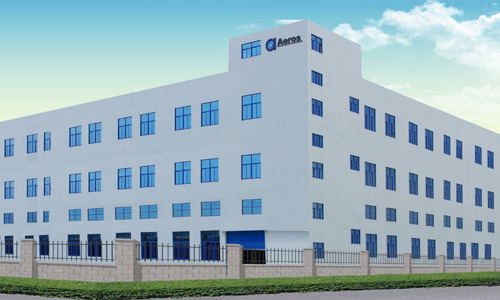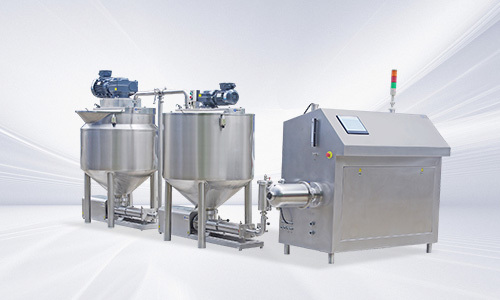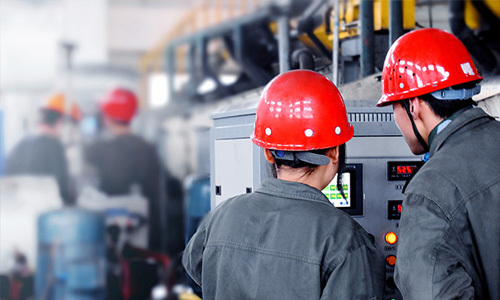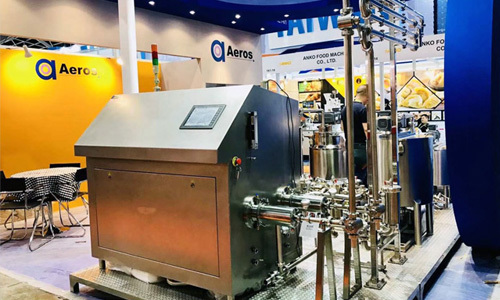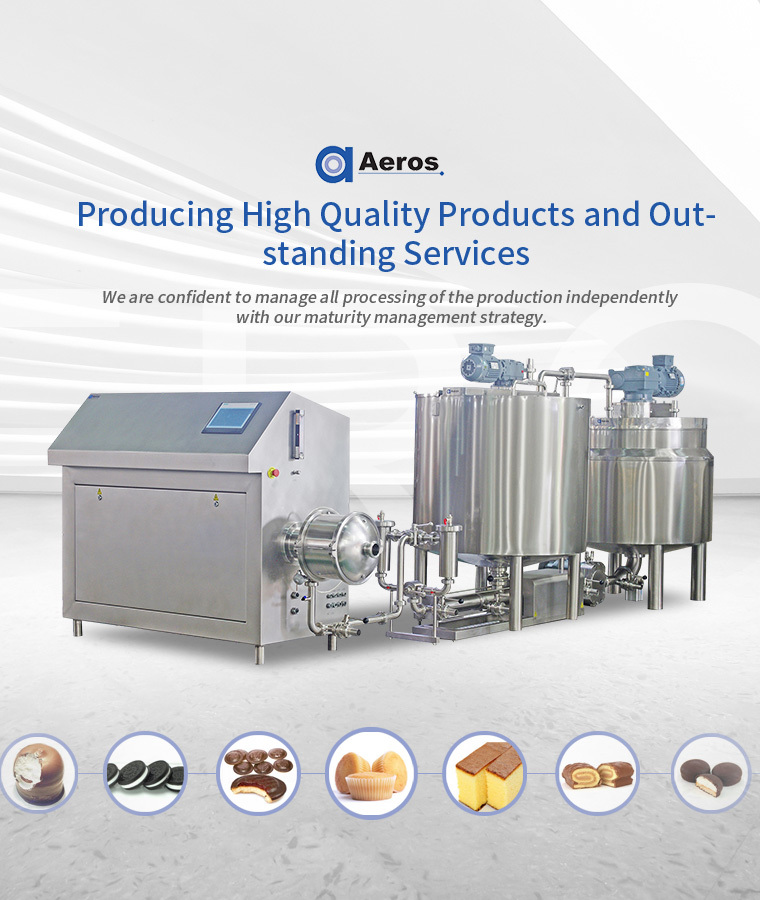Enhancing Water Quality: The Benefits of Chocolate Aeration Systems

2024/12/16
Enhancing Water Quality: The Benefits of Chocolate Aeration Systems
Table of Contents
- 1. Introduction to Chocolate Aeration Systems
- 2. What are Chocolate Aeration Systems?
- 3. How Chocolate Aeration Systems Work
- 4. Advantages of Using Chocolate Aeration Systems
- 5. Applications of Chocolate Aeration Systems in Wastewater Treatment
- 6. Case Studies: Success Stories of Chocolate Aeration Systems
- 7. Frequently Asked Questions
- 8. Conclusion
1. Introduction to Chocolate Aeration Systems
As the global demand for water quality improvement intensifies, industries and municipalities alike are exploring innovative solutions to enhance wastewater treatment processes. Among these solutions, **chocolate aeration systems** have emerged as a game-changing technology. By leveraging advanced aeration techniques, these systems effectively treat wastewater while promoting sustainability and environmental conservation. This article delves into the benefits of chocolate aeration systems, their operational mechanisms, and their practical applications in enhancing water quality.
2. What are Chocolate Aeration Systems?
Chocolate aeration systems are specialized equipment designed to introduce air into wastewater, creating an optimal environment for the growth of aerobic microorganisms. These microorganisms play a vital role in breaking down organic matter and pollutants, ensuring that treated water meets stringent quality standards. The term "chocolate" refers to the visual appearance of the aeration process, where the wastewater takes on a chocolate-like color due to the mixing and aeration of solids.
3. How Chocolate Aeration Systems Work
The operation of chocolate aeration systems involves several key components:
3.1 Air Diffusers
Air diffusers are critical elements that introduce air into the wastewater. They disperse air bubbles throughout the liquid, facilitating efficient oxygen transfer. The size and design of the diffusers significantly influence the system's performance.
3.2 Mixing Mechanism
The mixing mechanism ensures that the air bubbles rise through the wastewater, promoting uniform distribution of oxygen and nutrients. This continuous mixing enhances microbial activity, leading to more effective treatment.
3.3 Control System
A sophisticated control system regulates airflow, ensuring that the aeration process is optimized based on the specific needs of the wastewater being treated. This automation contributes to the overall efficiency and effectiveness of the treatment process.
4. Advantages of Using Chocolate Aeration Systems
Chocolate aeration systems offer a multitude of benefits that make them an attractive choice for wastewater treatment facilities.
4.1 Energy Efficiency
One of the standout features of chocolate aeration systems is their energy efficiency. By utilizing advanced aeration techniques, these systems require significantly less energy compared to traditional aeration methods. This reduction in energy consumption not only lowers operational costs but also minimizes the carbon footprint of wastewater treatment facilities.
4.2 Cost-Effectiveness
In addition to energy savings, chocolate aeration systems prove to be cost-effective in the long run. Their efficient design reduces the need for extensive maintenance and minimizes downtime. Furthermore, the enhanced treatment process often leads to lower disposal costs for sludge and other by-products.
4.3 Improved Water Quality
The primary goal of any wastewater treatment system is to produce high-quality effluent. Chocolate aeration systems excel in this regard, effectively removing contaminants, nutrients, and pathogens from wastewater. This results in cleaner water that can be safely discharged into natural water bodies or reused for various applications.
4.4 Environmental Impact
Implementing chocolate aeration systems contributes positively to environmental conservation. By improving water quality and reducing the discharge of harmful pollutants, these systems support the protection of aquatic ecosystems. Additionally, their energy-efficient design aligns with global sustainability goals, promoting a greener future.
5. Applications of Chocolate Aeration Systems in Wastewater Treatment
Chocolate aeration systems are versatile and can be applied in various settings, including:
5.1 Municipal Wastewater Treatment Plants
Many municipal wastewater treatment facilities are adopting chocolate aeration systems to meet regulatory standards and improve effluent quality. These systems can handle varying loads and adapt to changing environmental conditions.
5.2 Industrial Wastewater Treatment
Industries generating high volumes of wastewater, such as food processing and pharmaceuticals, find chocolate aeration systems particularly beneficial. The ability to effectively treat complex wastewater compositions makes them ideal for industrial applications.
5.3 Agricultural Wastewater Management
Agricultural operations dealing with runoff and waste can utilize chocolate aeration systems to treat their wastewater before it enters natural water bodies. This practice helps maintain water quality in surrounding ecosystems.
6. Case Studies: Success Stories of Chocolate Aeration Systems
Several case studies highlight the successful implementation of chocolate aeration systems worldwide:
6.1 Case Study: City of Springfield
In Springfield, the local wastewater treatment plant integrated chocolate aeration technology, resulting in a 30% reduction in energy costs and a significant improvement in effluent quality. The plant now produces water that exceeds regulatory standards, providing a model for other municipalities.
6.2 Case Study: XYZ Food Processing Plant
XYZ Food Processing Plant experienced challenges with its wastewater's high organic load. By installing a chocolate aeration system, the facility achieved a 50% reduction in biochemical oxygen demand (BOD), showcasing the system's effectiveness in handling complex industrial waste.
7. Frequently Asked Questions
7.1 What are the main benefits of chocolate aeration systems?
Chocolate aeration systems offer energy efficiency, cost-effectiveness, improved water quality, and positive environmental impact.
7.2 How do chocolate aeration systems differ from traditional aeration methods?
Chocolate aeration systems utilize advanced diffusion and mixing techniques, resulting in lower energy consumption and enhanced treatment capabilities compared to traditional methods.
7.3 Are chocolate aeration systems suitable for all types of wastewater?
Yes, chocolate aeration systems are versatile and can effectively treat municipal, industrial, and agricultural wastewater.
7.4 What maintenance is required for chocolate aeration systems?
Regular inspection of air diffusers and control systems is necessary to ensure optimal performance, but overall maintenance requirements are lower compared to traditional systems.
7.5 Can chocolate aeration systems contribute to sustainability goals?
Absolutely! By reducing energy consumption and improving water quality, chocolate aeration systems align with global sustainability initiatives.
8. Conclusion
Chocolate aeration systems represent a significant advancement in wastewater treatment technology. Their ability to enhance water quality, reduce energy costs, and promote environmental sustainability makes them an invaluable asset for municipalities and industries alike. As we continue to face challenges related to water quality and environmental degradation, the adoption of innovative solutions like chocolate aeration systems will play a crucial role in achieving our water management goals. Embracing such technologies not only benefits current generations but also ensures a cleaner, healthier planet for future generations.
Chocolate aeration system

